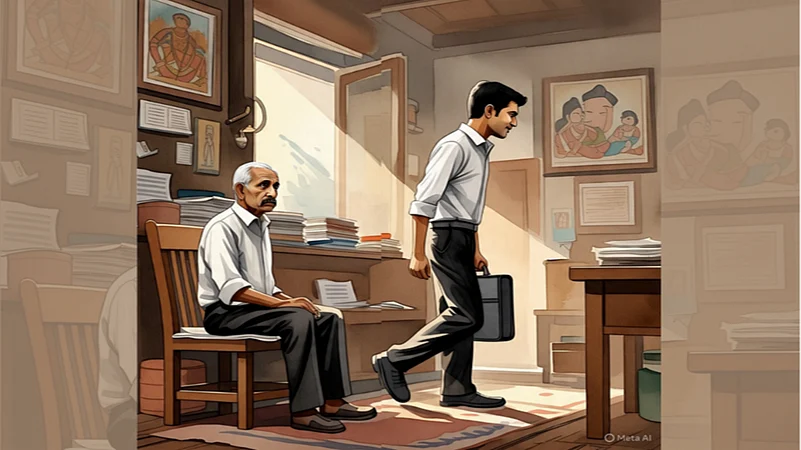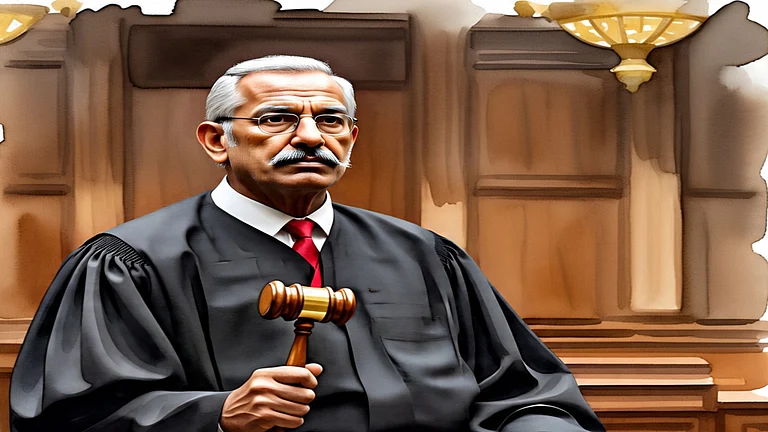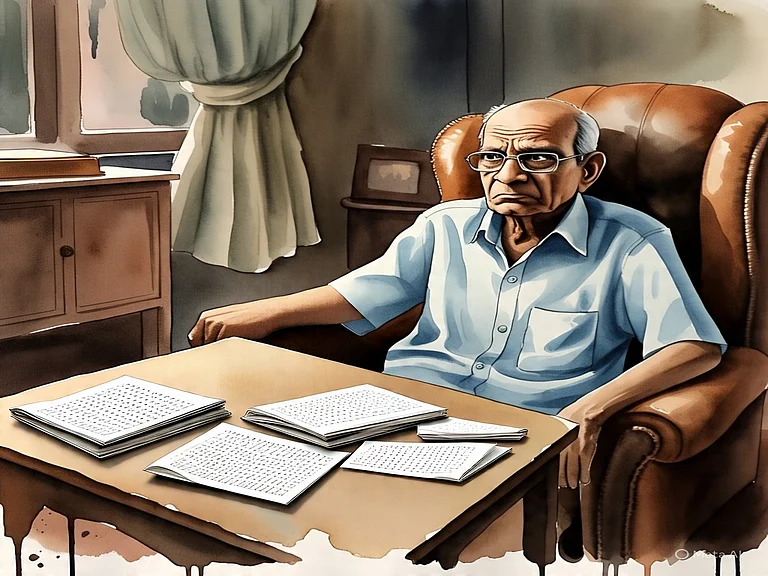Digital technology is now pervasive in all aspects of life, yet many elderly individuals are not comfortable using it and often rely on younger family members for digital tasks. However, changing job dynamics and evolving family structures are altering how older and younger generations communicate and relate to each other. A report by HelpAge India, titled 'Understanding Inter-generational Dynamics and Perceptions on Ageing,' reveals key insights about communication gaps between generations. Around 76 per cent of the elderly attribute this gap to the busy schedules of the youth and 74 per cent of youth agreed to it. Another factor contributing to the gap is a lack of interest, with the younger generation feeling misunderstood and judged by elders, while elders feel unheard and misunderstood.
The study released on June 13, 2025, surveyed 5,798 participants, including 70 per cent youth (18-30 years) and 30 per cent elderly (60 years and above). It covered 10 cities (Delhi, Kanpur, Kolkata, Hyderabad, Chennai, Madurai, Bengaluru, Mumbai, Nagpur, and Ahmedabad) in India.
Intergenerational Communication Gap And Digital Divide: Key Findings
• The communication gap among generations is not new but due to the nuclear family culture, it has increased. The topics of discussion are not the same, and 45 per cent of the elderly and 51 per cent of youth feel a ‘big gap’.
• The communication gap is due to the feeling of not being understood is mutual across generations. While some topics are interesting for both the elderly and youth, such as life advice, other topics, like career and education plans, are uneasy to discuss.
• Another revelation of the study is that both elderly and youth find it easy to discuss sensitive topics like relationships, friendship, love, mental health, stress, and emotions with non-immediate family.
• The report highlights that 49 per cent of the elderly and 57 per cent of youth feel that mutual understanding can ‘definitely be improved’ by spending more quality time together. Around 85 per cent of both elderly and youth agree that spending quality time can reduce the generational gap and improve bonding.
• The study shows that 66 per cent of the elderly find digital tools as ‘too confusing’. Fear of ‘error’ is a significant reason for them to avoid using technology. Around 51 per cent do not use digital modes due to the fear of errors.
• The other two reasons are lack of interest and insufficient instruction from others about how to use the technology.
• The data highlights this trend. Around 71 per cent of the elderly use basic mobile phones, fewer than half (40 per cent) own a smartphone, and only 13 per cent use computers, social media, or the internet.
• The digital gap between the elderly and the youth is significant, with younger generations unable to envision life without technology, while many seniors prefer to stay away from it.
• According to the data, the younger generation is the primary source of digital support for the elderly. Around 54 per cent of children and 52 per cent of grandchildren were found to be educating the elderly members of the family.
• However, in the process, the younger generation feels that the elderly are disinterested (around 78 per cent) and forget instructions (around 66 per cent). On the other hand, elders feel that youth lack patience (around 71 per cent) and explain instructions very fast (around 49 per cent), which makes it difficult for them to understand the tools.
• According to the study, there is a long way to go in terms of filling the digital divide among older adults for whom the Digital Inclusion Index score stands at 50.71 out of 100. It notes that digital inclusion is higher among certain section of people, such as males, younger elders, educated and financially independent, and elders living with the younger generation.
• However, despite not understanding digital technology, the elderly believe that it can bridge the communication gap with the youth. Nearly three-fourths (73 per cent) of elders feel that digital technology can bring them closer to the younger generation.
To strengthen intergenerational relationships, the report recommends enhancing communication and digital literacy among older adults. One suggested initiative is a ‘digital-buddy’ program, where a tech-savvy young person could be paired with an elderly to help them learn digital skills, such as using digital banking, making a video call, or so.















